/ Nov 22, 2025

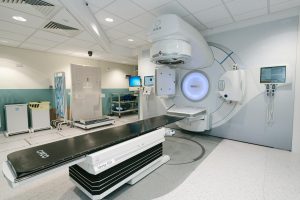
Linear Accelerator (LINAC) treatment is one of the most advanced and widely used methods for delivering radiation therapy to cancer patients in hospitals. This technology
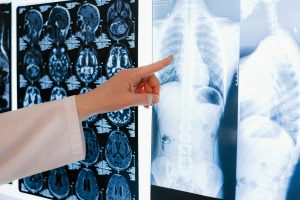
Interventional radiology (IR) is a subspecialty of radiology that uses image-guided, minimally invasive procedures to diagnose and treat various medical conditions. By utilising techniques such

A Transoesophageal echocardiogram (TOE or TEE) is a specialised echocardiography technique that uses high-frequency sound waves (ultrasound) to create detailed images of the heart and

Pulmonology, also known as respiratory medicine, is a specialised branch of medicine dedicated to diagnosing, treating, and managing diseases and disorders of the respiratory system.

Endocrinology is a branch of medicine that focuses on studying hormones, the endocrine system, and their various related disorders. Hormones are chemical messengers produced by

A hospital’s Biomedical Engineering (BME) department plays a critical role in ensuring that medical equipment and technologies function effectively and safely. This department integrates engineering

The process of labour and delivery involves a series of stages that healthcare professionals monitor closely to ensure the safety and well-being of both the

Neonatal care is a specialised branch of medicine that focuses on the health and well-being of newborns, particularly those born prematurely or with health issues.
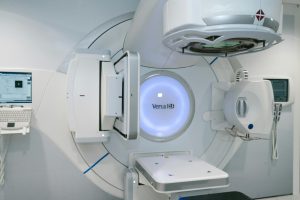
This type of room requires careful consideration of safety, functionality, and patient comfort. Here are the key design principles and elements: 1. Radiation Shielding and

The anaesthetic recovery stages in the hospital are typically divided into three phases: Phase 1: Immediate Recovery (Post-Anaesthesia Care Unit – PACU) Arrival: The patient

The medical service panel in a hospital patient room, also known as the headwall or bedside panel, contains a variety of essential services and connections
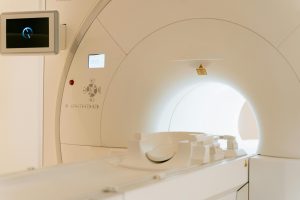
Introduction to Imaging Modalities SPECT-CT (Single Photon Emission Computed Tomography – Computed Tomography) and PET-CT (Positron Emission Tomography – Computed Tomography) are advanced imaging technologies
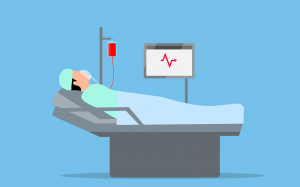
Hospital isolation rooms are designed to control the spread of infectious diseases and protect patients with compromised immune systems. These rooms are critical in managing

Level 1 Emergency Department Services: Basic emergency care, stabilisation, and transfer to higher-level facilities if necessary. Staff: General practitioners (GPs), registered nurses, and possibly some

Healthcare Architecture Research (Australia)
Healthcare Facility Planning & Research
©2024- All Right Reserved. mediarch.com.au